Raging wildfires are a terrifying event, and if you live in an area where they occur, you need to know what to do when the wildfire comes knocking.
Wildfires and fire science are fascinating, but we don’t have the time to dive into them. What we can do is to tackle is how to survive a future wildfire.
Wildfire is always a threat and one that almost everyone should prepare for. If you wait until a wildfire is already popping off, you’ve waited too long. You can’t stop it. All you can do is prepare for it.
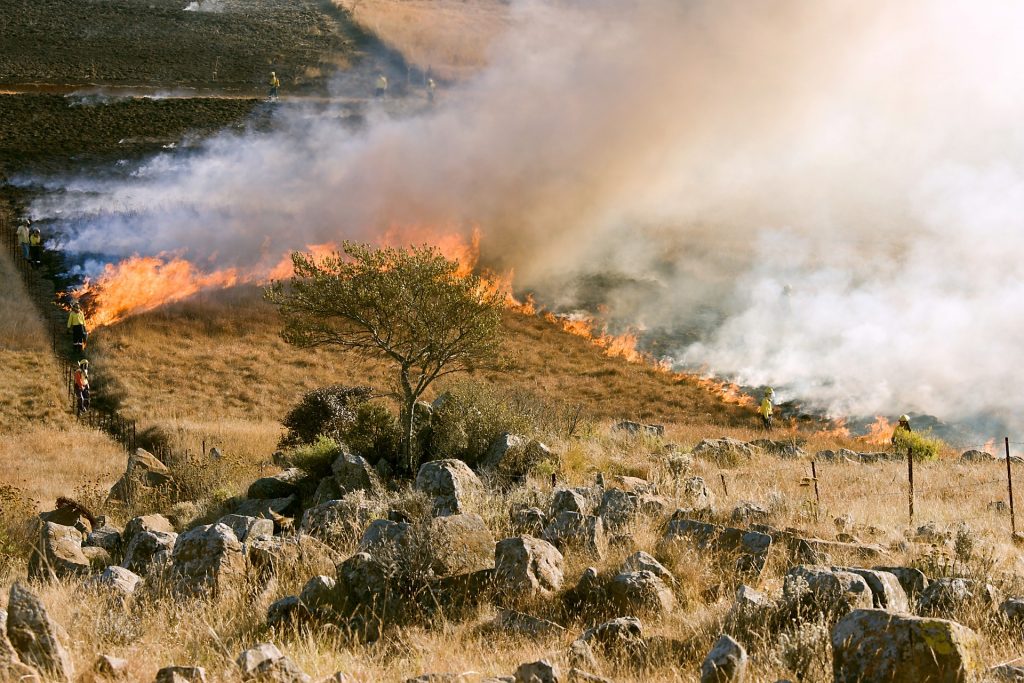
So, I’m going to talk to you about what to do before a wildfire happens and also what to do if you find yourself in the middle of one.
So read up! You might just save a life.
Ready? Let’s dive in!
Table of Contents
Loading…
Pre-Planning Before a Wildfire
Leaving your home is hard, as demonstrated by the number of people who die in their homes during evacuations.
You can’t protect your home in the middle of a wildfire, but you can beforehand.
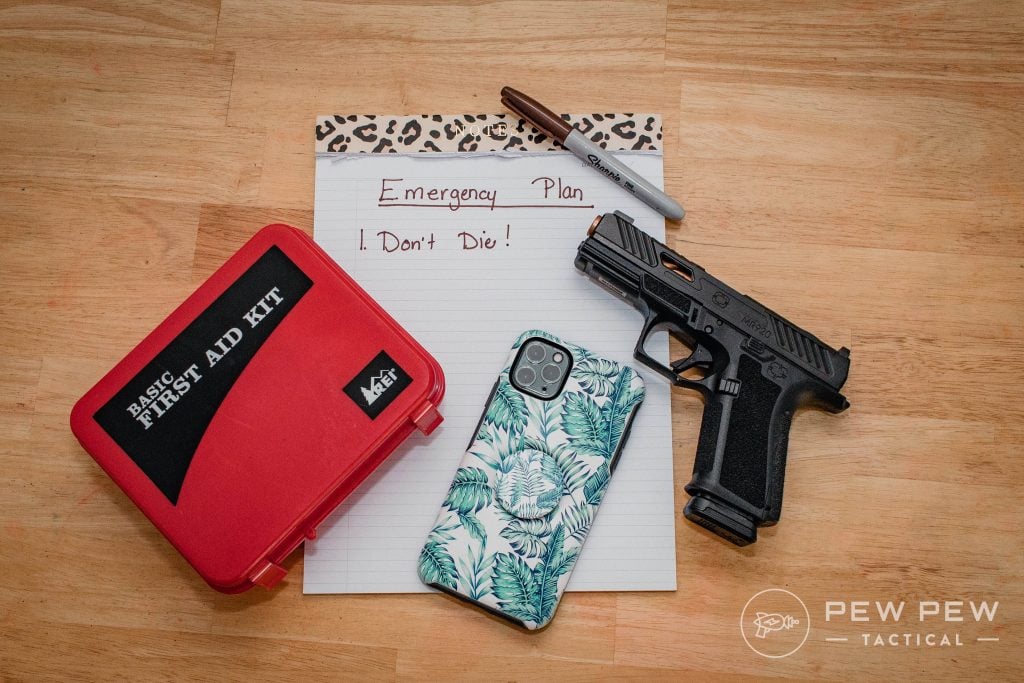
There are no guarantees, but there are steps you can take to keep your home safer from fire. These are called Firewise Principles.
To follow these principles, you start at your home and work outwards. The goal is to eliminate anything that could set ablaze and spread fire to your home.
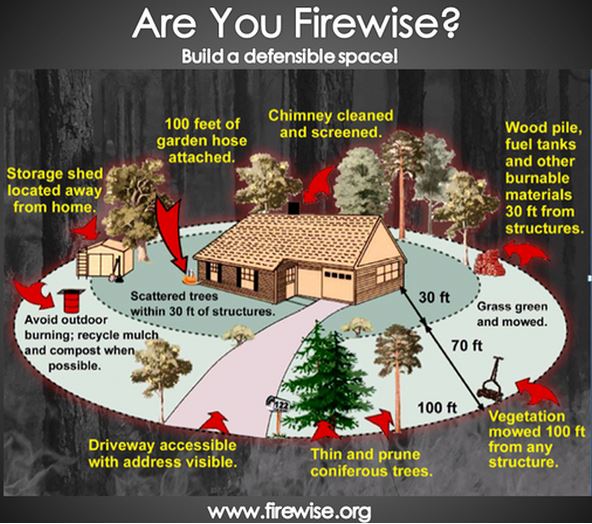
Your home should have mesh protecting attic vents, as well as over the chimney, to prevent embers from entering. Gutters and roof should be cleaned out of all dead leaves and flammable material as well. Having 100 feet of garden hose connected and ready is always wise.
If you have outdoor furniture, use a non-combustible material, like metal, over plastic, wood, or wick.
-
25% off all OAKLEY products - OAKLEY25
Copied! Visit Merchant
Next, you want to create a 30-foot defensible area around your home. This involves basic yard work, like keeping the yard mowed, leaves, sticks, and small debris picked up. You also need to remove any trees that are hovering over your roof.
The trees in the yard are fine, but you want them to be scattered so they are unlikely to pass fire from one tree to the other. You want them 10 feet apart at a minimum.
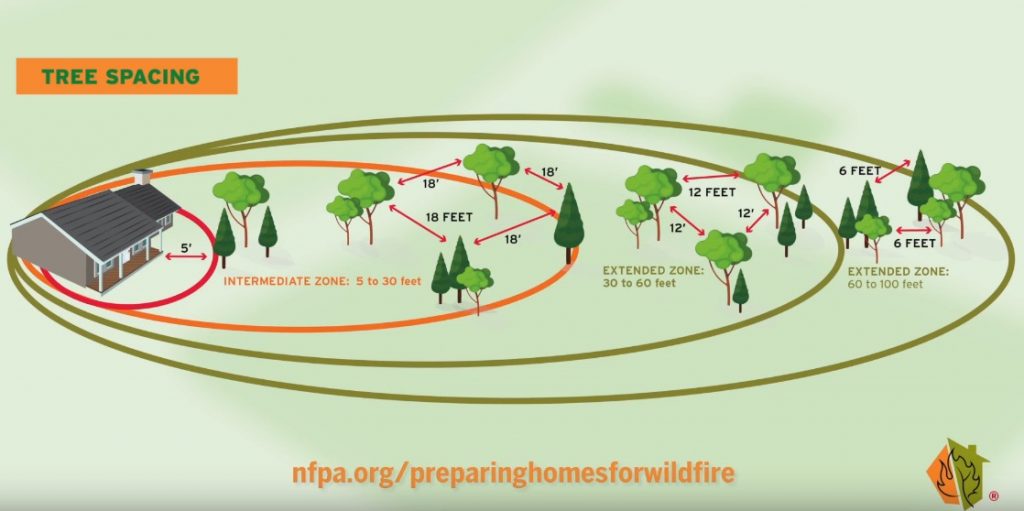
If you have flammable shrubs near your home, especially by windows, you want to keep them pruned and clean. You’ll want to space out any outbuildings, firewood piles, and fuel tanks 30 feet from your home.
Outside of 30 feet, you want to keep the area maintained. Mow, trim trees and limbs, and keep things nice and clean.
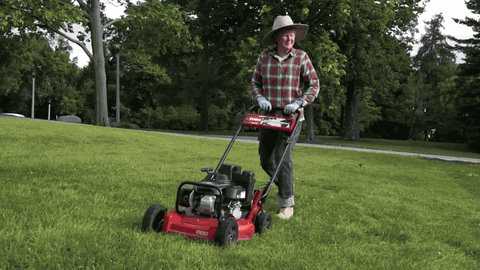
A big open field is prime time for a fire, especially when full of burnable materials.
Preparation beats reaction, and planning is never a waste. For more info on how to protect your home, check out Firewise. They offer tons of free educational materials on their website to make your home more fire-resistant.
Wildfire Evacuation
This is a mental prep step. If an evacuation order drops, you need to evacuate. It’s not a joke or a mild suggestion. When a man clad in yellow that’s filthy dirty knocks on your door and says it’s time to go, it’s time to go.
Firefighters can’t come back to save you, so when they say it’s time to leave, it’s best to listen.
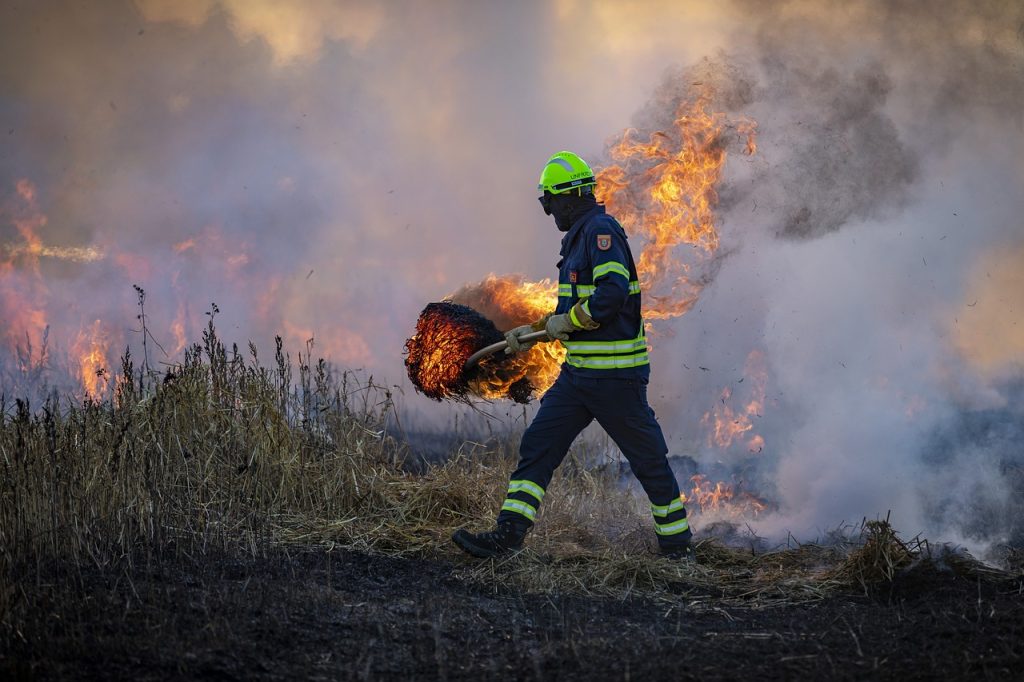
This is where a good battery-powered AM/FM radio is a godsend. The internet can get knocked out, as can cable TV, but a good radio allows you to up your situational awareness on a harder-to-lose system.
Keeping your situational awareness high is the first step in surviving a wildfire.
-
25% off all OAKLEY products - OAKLEY25
Copied! Visit Merchant
The next thing you can do is be prepared to leave. This means getting supplies ready ahead of time when possible.
Prior to an evacuation order, you want to pack supplies — water, nonperishable food, snacks, sleeping gear, toiletries, all the basics. Pack ’em up and load your vehicle with them.
This can save you precious time if the evacuation order ever comes down.
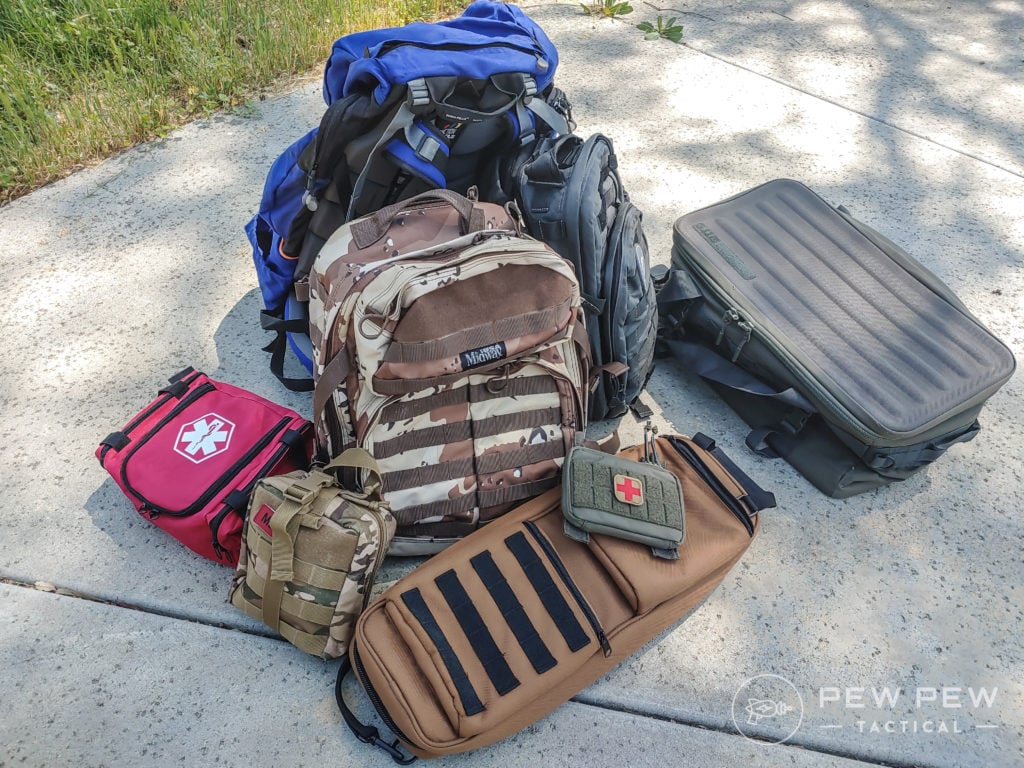
Once you’ve packed supplies, you can cast an eye toward packing valuables. Using the room left, you can pack your most valuable items. As the sentimental type, I know what insurance will replace and what I can’t.
After all, family photos are almost impossible to replace, and Great Great Aunt Matilda’s needlepoint samplers are pretty special, too.
That said, don’t get caught up with valuable packing that you lose focus on supplies first.
Bug-Out Essentials: Wildfire Evacuation
Let’s say the evacuation order comes down without a warning of any kind. You have to leave right now because when the fire crests that ridge, it’s coming down with fury.
You gotta go now.
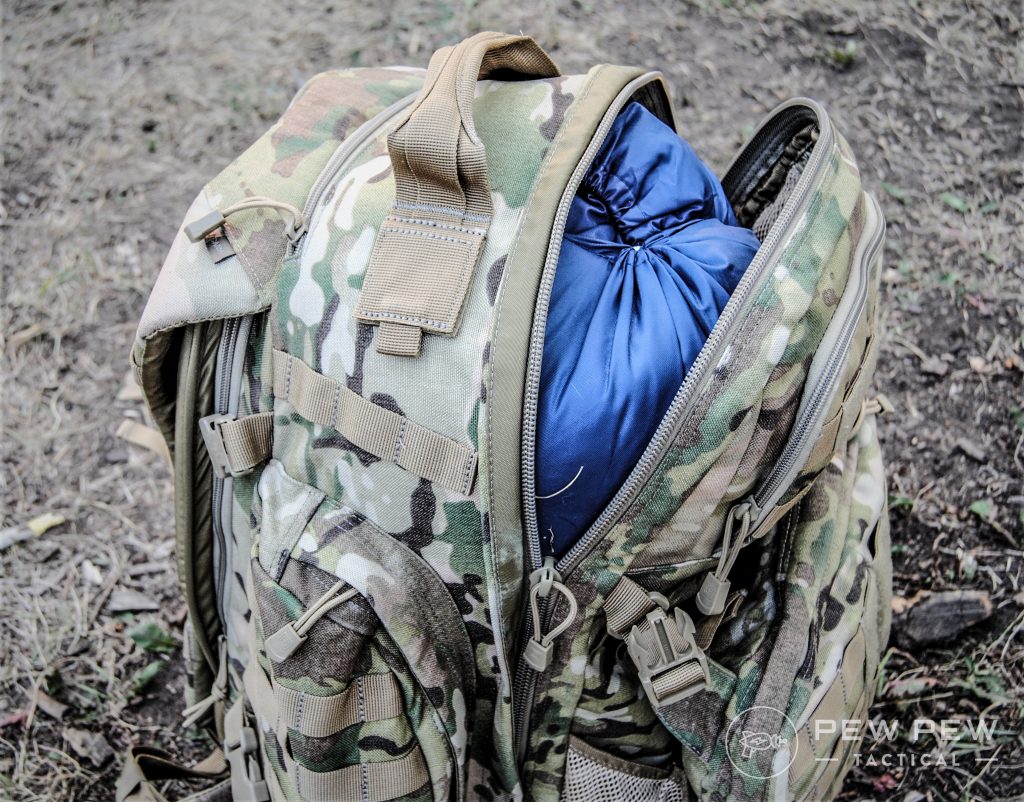
This is another reason why you need to keep a bug-out bag on hand — grab the bag, grab the family, and fly! A bug-out bag is a backpack or tote that stays packed and ready at all times for an emergency evacuation.
These bags are invaluable when situations develop faster than expected. These grab-and-go bags should be packed to accommodate an entire family, and it may be more than one bag.
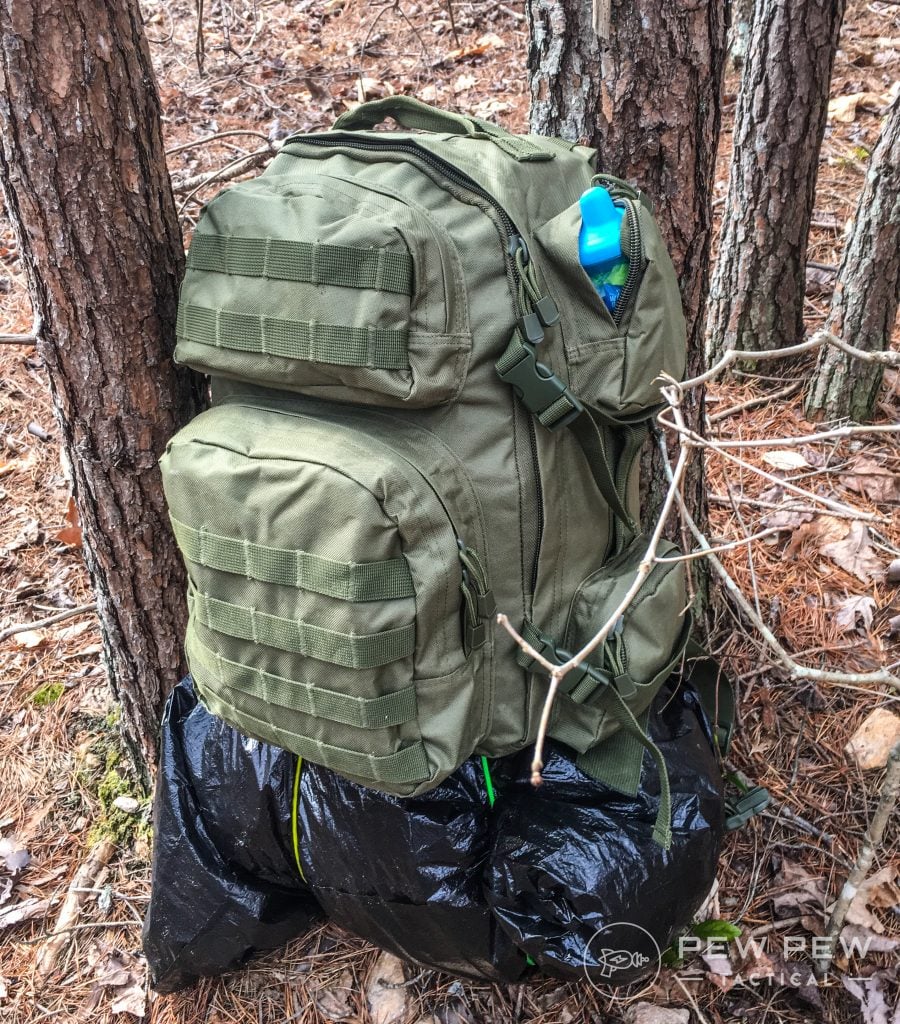
Each adult should have a bag packed for themselves, and depending on the kid’s age; they can handle their own bag. Even kids between 8 and 12 can carry a bag with clothes, toys, books, etc.
If you need some help figuring out what to pack, we have a great BOB guide to help guide you. (As well as one for your family and for your pooch!).
But a basic breakdown of bug-out bag essentials looks like:
- Water (A good bit of it, and a means to collect and purify more water.)
- A respirator or mask of some sort (Even a bandana you can wet will help in a pinch.)
- Snacks (Dry food is fantastic. Trail Mix it up.)
- Seasonal appropriate clothes (If it’s cold, bring jackets; if it’s warm, t-shirts.)
- Fresh underwear (Trust me, your time at the Red Cross shelter will be so much better.)
- A dependable flashlight (Nothing crazy like a high-powered Surefire, but a dependable, long battery life light.)
- Chemlights (In thick smoke, carrying these makes you visible.)
- Locks (To secure your goods in public shelters)
- Toilet paper (Trust me here, again.)
- Toiletries (Toothbrushes, toothpaste, floss, soap, etc.)
- Blankets (I like Woobie/Poncho liners)
- Simple first aid kit
- Prescriptions (Grab the whole bottle. Save yourself the headache of replacing your meds and your house!)
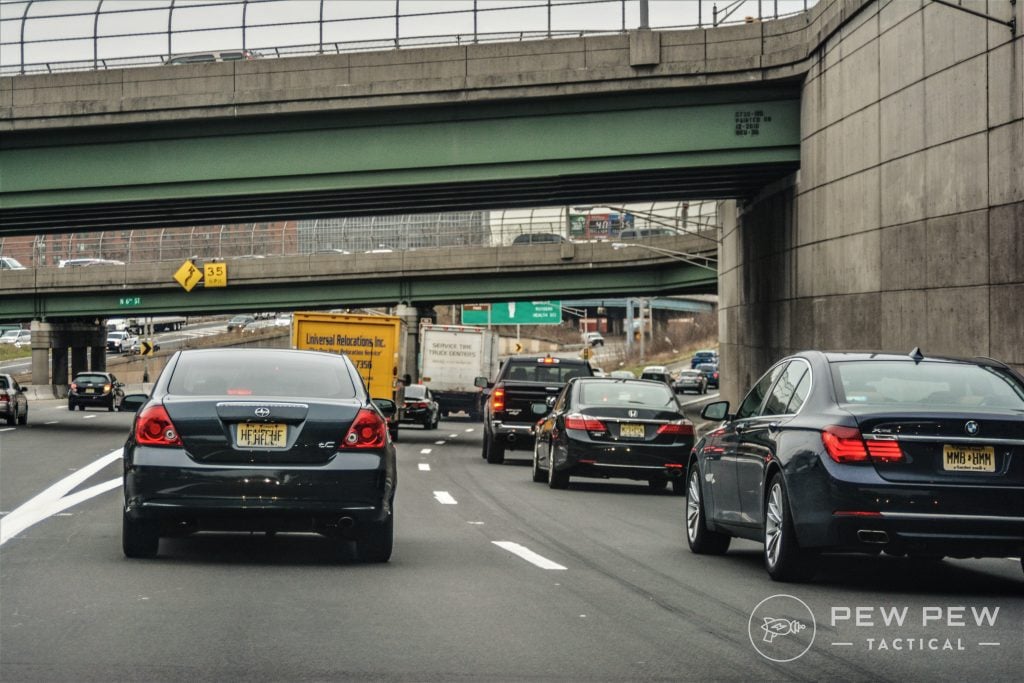
Should I Bring My Guns When I Evacuate a Wildfire?
Can you legally bring a gun? If so, then yes, you should. It’s like any other situation, and you shouldn’t be leaving home without your legally carried firearm.
Otherwise, if you can pack up firearms to remove them from your home, do so safely and legally.
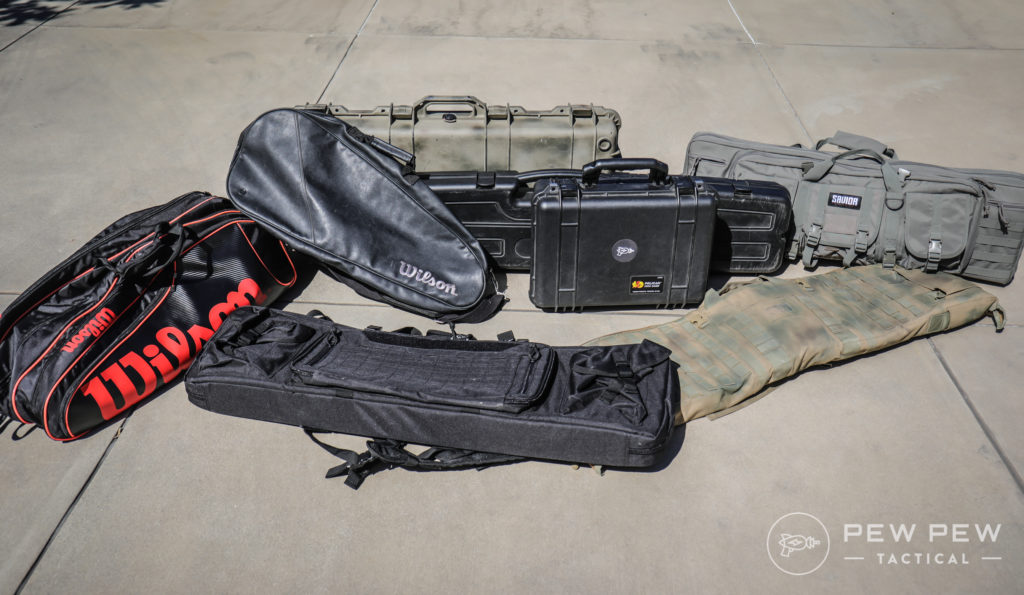
I’m a huge fan of soft and hard cases. They protect your gun and make things safer all around.
Having enough to evacuate your guns is a good idea. Not to mention, in some states, you legally need to transport your guns in some sort of case.
If you don’t take them, make sure you have a list of what’s in your safe with the serials. You’ll want to make sure you know what was there, and any paperwork involving melted guns is a lot easier when you know the serial number.

How to Survive a Wildfire When You Can’t Evacuate
So you didn’t make it out in time…maybe you got caught while hiking, driving, or at home. That’s rough, admittedly, but it’s also a situation worth going over and mentally preparing for.
There are things you can do to survive if you can’t evacuate.
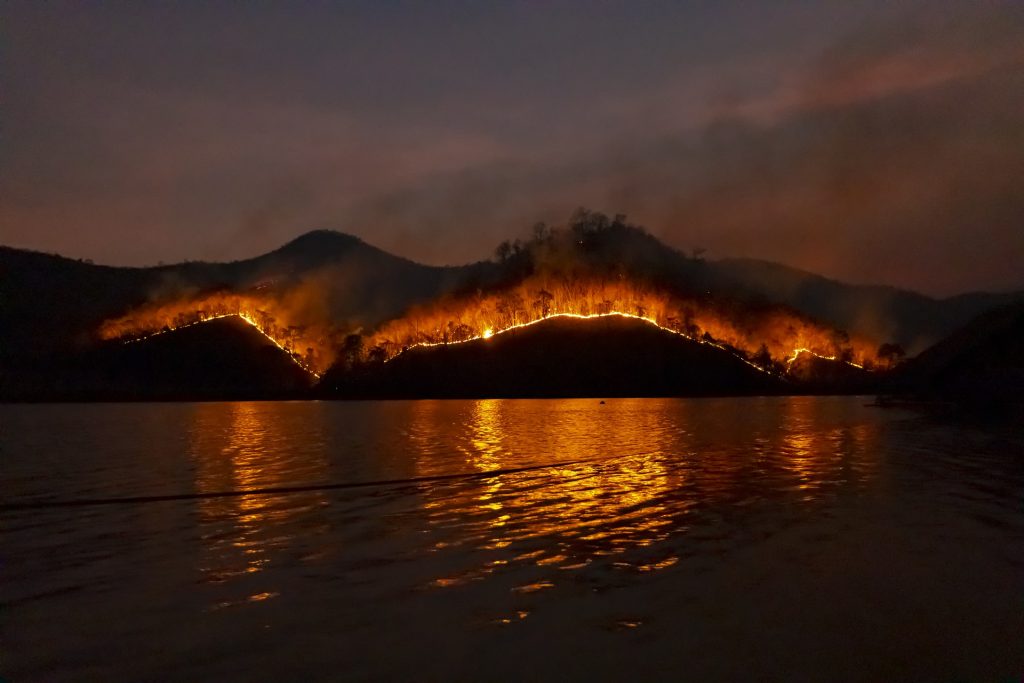
If you are out for a hike or break down while evacuating, find a structure to hide in. The structure should have a “Class A Roof.”
A Class A roof is a non-combustible design and can be made from shingles, metal, clay, and basically anything not wood.
You also want to find a structure clear of vegetation. The general advice is 30 feet of space between vegetation and the building.
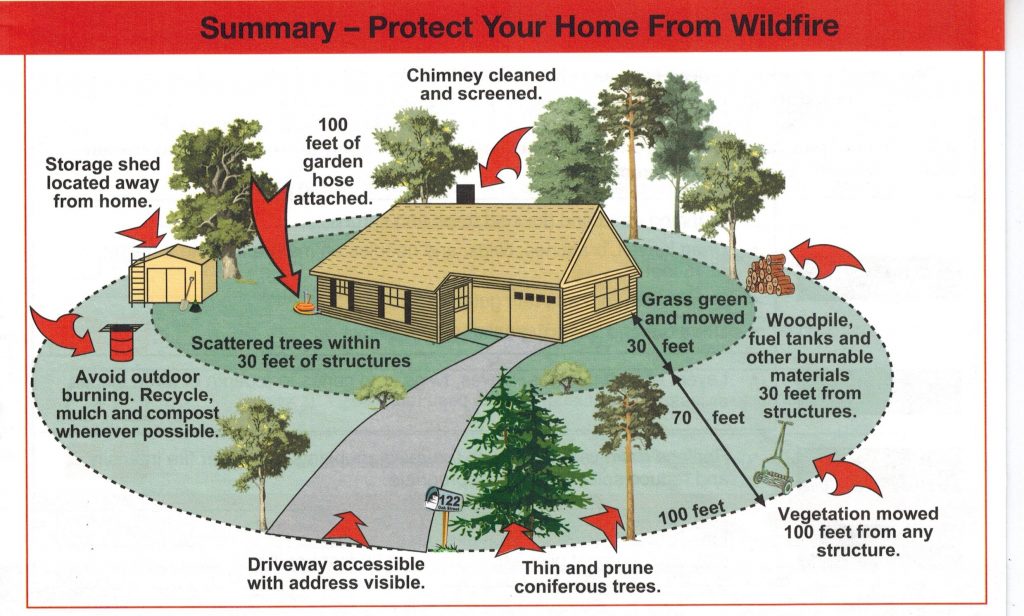
The best structure to stay in is one with double-pane glass windows, an 1/8-inch screen over attic vents, and roofs and gutters clear of debris.
That’s a lot to ask and take in, but it’s worthwhile to know.
Once inside the structure, there are steps you can take to make the building a bit safer. Place wet towels under doors and window openings first.
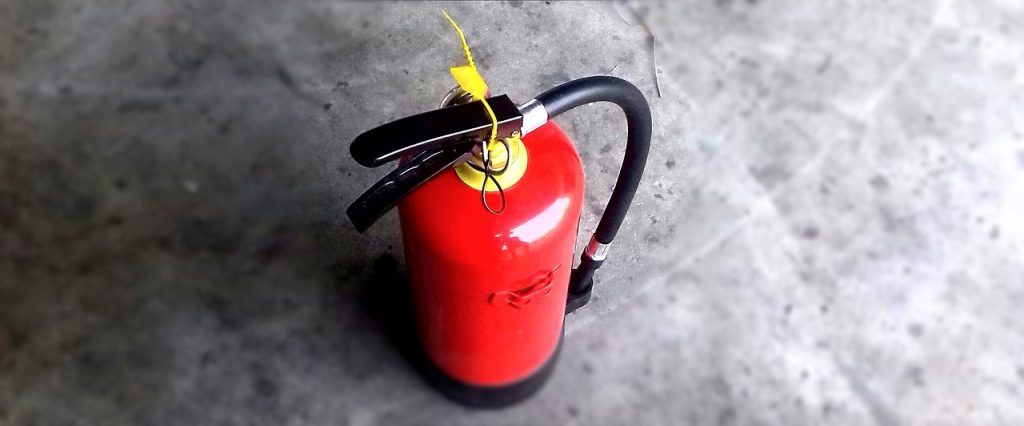
Next, find the fire extinguisher and carry that thing like a gun in a zombie invasion.
Turn the water on and fill every bucket and container you can find with water.
Use Tupperware containers, mop buckets, empty soda bottles, and even fill any sinks and tubs with water. This will be your secondary source of fire fighting inside the building since you can use the water to put out any embers or small fires.
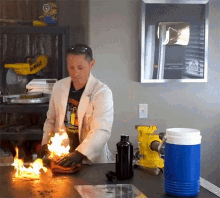
As the fire approaches, the power will likely go out. If you can scrounge up some flashlights, do so.
Try to find a phone charger in the building and plug your phone in while you have power. A phone may not have service but can provide some other valuable functions.
Take a look around…is there furniture made of highly burnable materials near the windows? If so, move them as far as you can. Windows can break, embers can enter, and couches set ablaze, filling your structure with smoke.
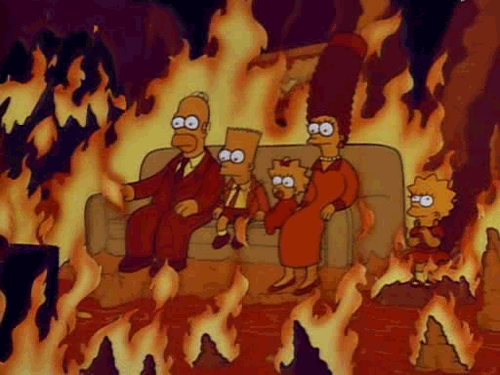
Shut off any and all fans. These can be attic fans, swamp coolers, whole-house fans, and even interior fans. These can draw smoke into the structure.
Unlock any and all doors. This can make it easy to escape when necessary.
Turn on any and all external sprinkler systems.
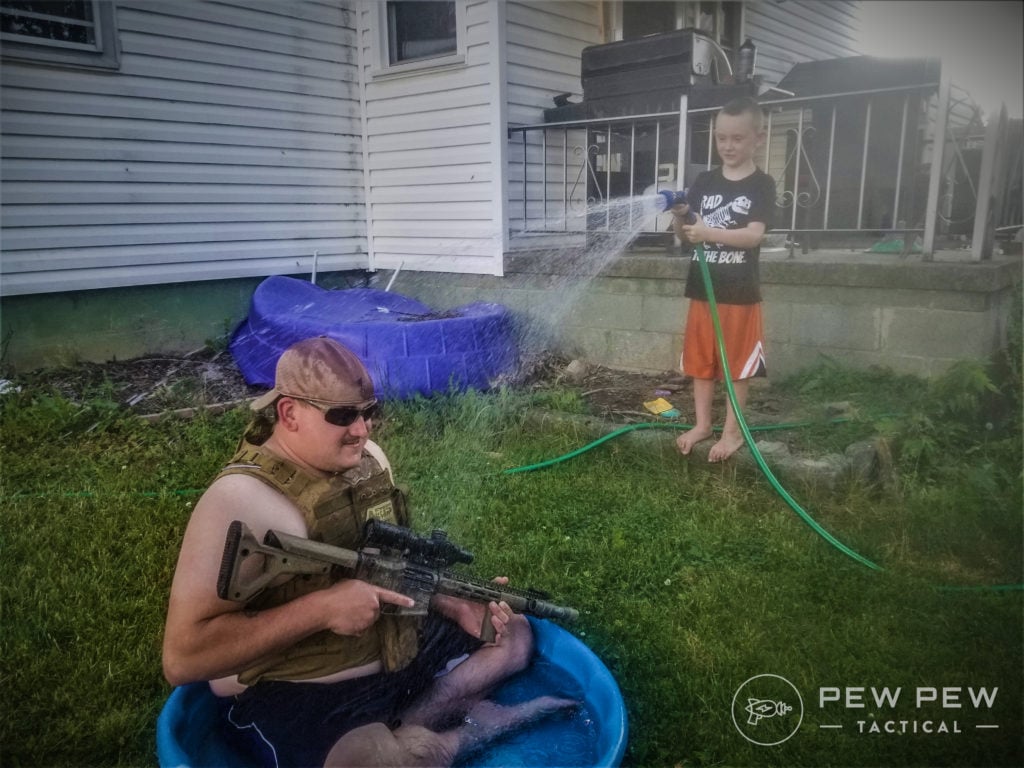
If you have a combustible fence around your home that might connect to your home, open the gates to prevent the transmission of fire from the fence to your home.
If time permits, move anything and everything combustible within 30 feet of your home. This includes kid’s toys, firewood, vehicles, and anything else that could blaze up and transmit fire to your house.
How to Survive a Wildfire Trapped in a Vehicle
Okay, you’re stuck in your vehicle — no structure in sight.
If the vehicle is operational, you want to drive somewhere clear of as much vegetation as possible.
A Walmart parking lot would be perfect, but that might not be an option. A dirt field is great and more achievable.
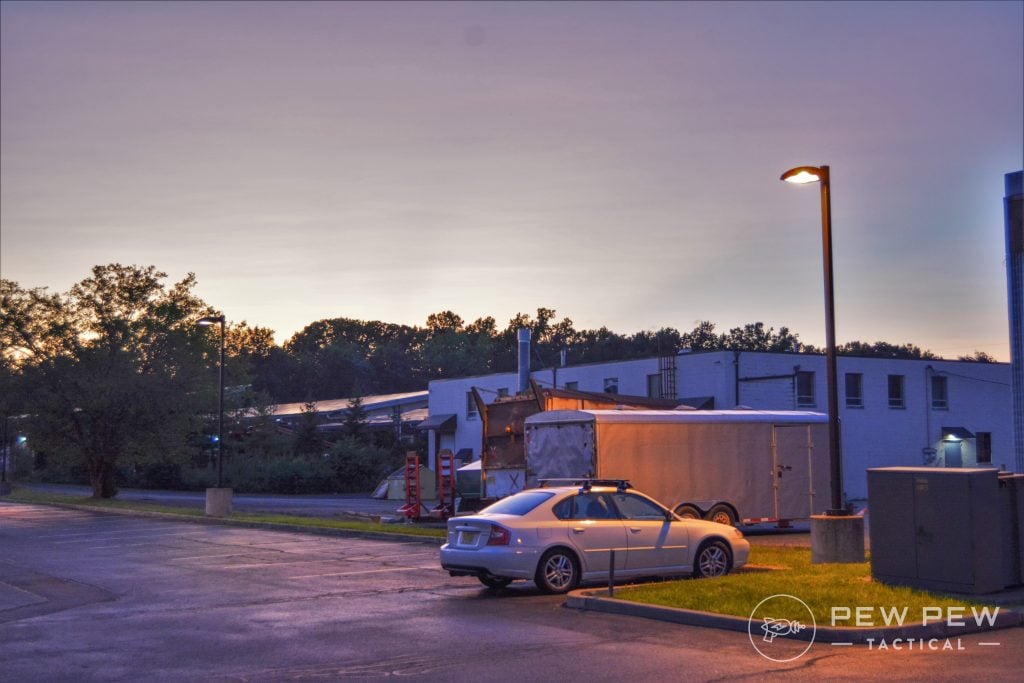
Park and turn on all lights. This will make you visible in smokey surroundings.
Leave the car on, but shut off all fans and air conditioning. Close all windows and doors. Lay on the floor and wait until the firefront passes.
If you are in a nonnegative area, you are relatively safe from the fire, but you still want to avoid the heat and smoke that comes with it.
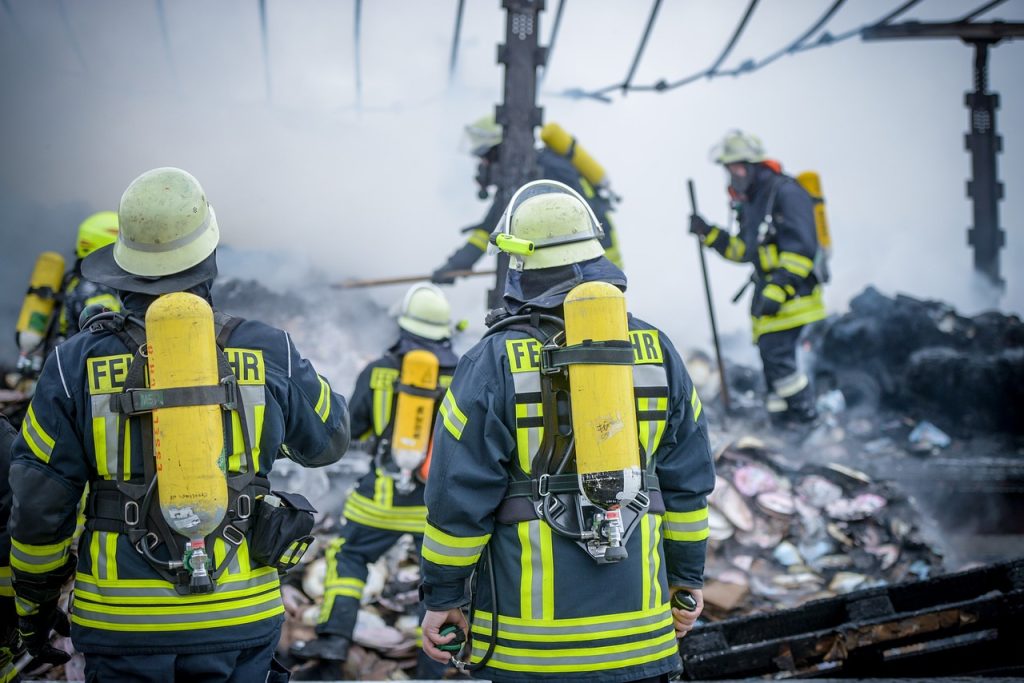
Once the fire front passes, you still need to be cautious.
The firefront is the most dangerous portion of the fire but not the only dangerous area. Watch for trees burned that can easily fall, lying pockets of fire or hot debris, and falling limbs.
When the front has passed, you still want to move into an area that’s already been burned over. Once an area has been burned, it’s not going to burn again, so it’s one of the safest places to be.
Final Thoughts
Wildfire is fascinating but also terrifying, unpredictable, and dangerous. These events move fast, so survival depends more on proper planning than brawn and gusto.
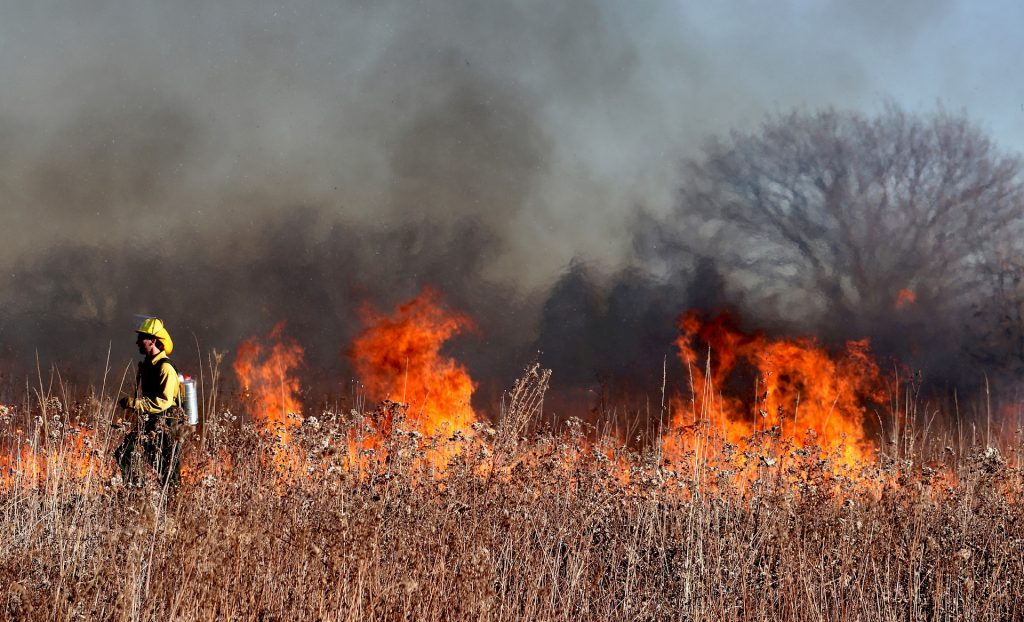
Have a plan, evacuate when told to do so, and stay alive!
What’s your experience with wildfire? Hit us up in the comments below! Need more ideas on keeping your family safe from disaster? Check out how to Create a Family Emergency Plan to keep the fam safe before disaster strikes!

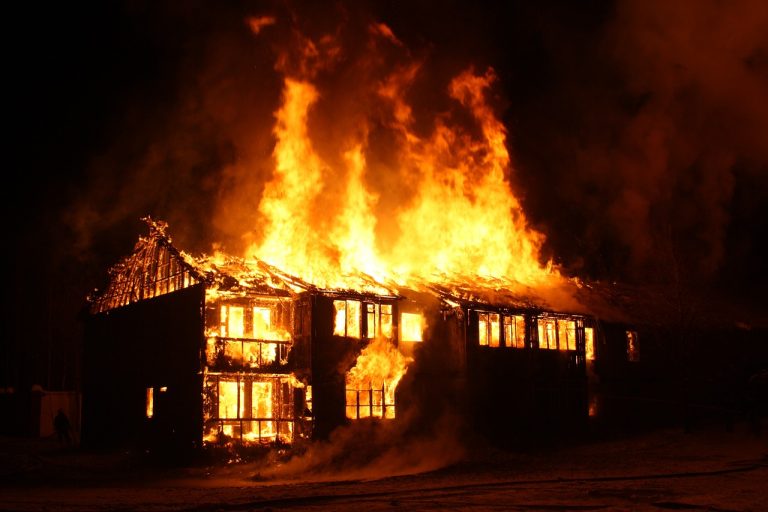
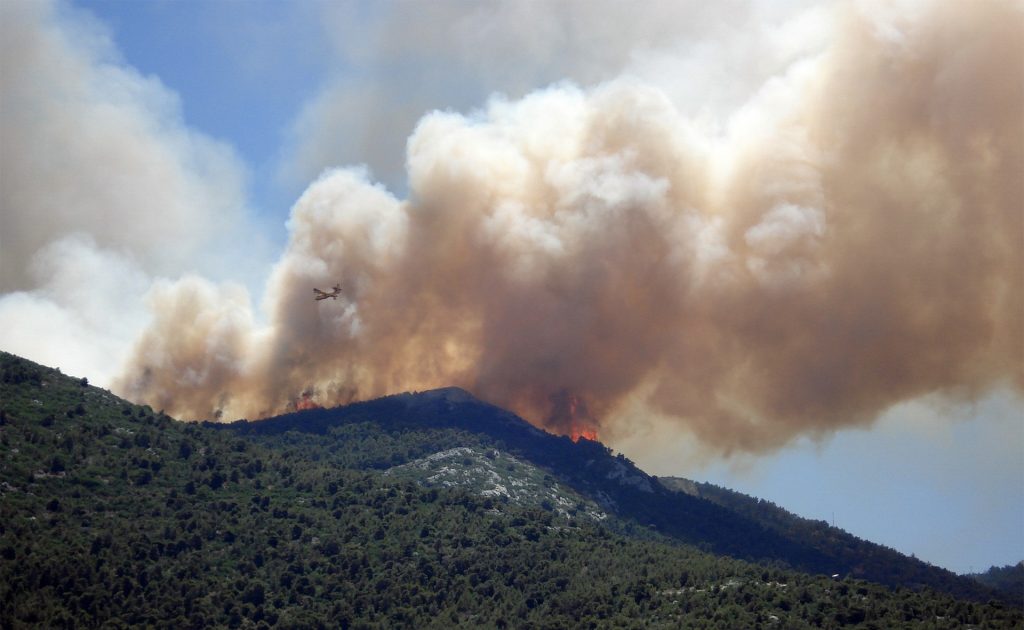









4 Leave a Reply
Whoa! Best non gun article I've read on this site. Big question, I have one of those concrete bunker half underground half above tornado shelters. Would that be a safe place to go if a wildfire was sweeping through the area? Or would I get cooked or smoke choked alive?
Everyone wants their little slice of wilderness these days, and most don't realize that the pine tree sitting 15' from your picture window looks beautiful for your view, but it's a pure Roman Candle should a wildfire occur.
I know the recommendation is a 30 foot radius, but in the mountains, 50 to 75 feet is better, just because of the effect the mountains can have on the wind, natural or fire created wind.
It is getting more and more difficult for land owners to do what they want with their land. In Australia home owners get fined if they clear their property around their house.
Don't build your house out of wood.